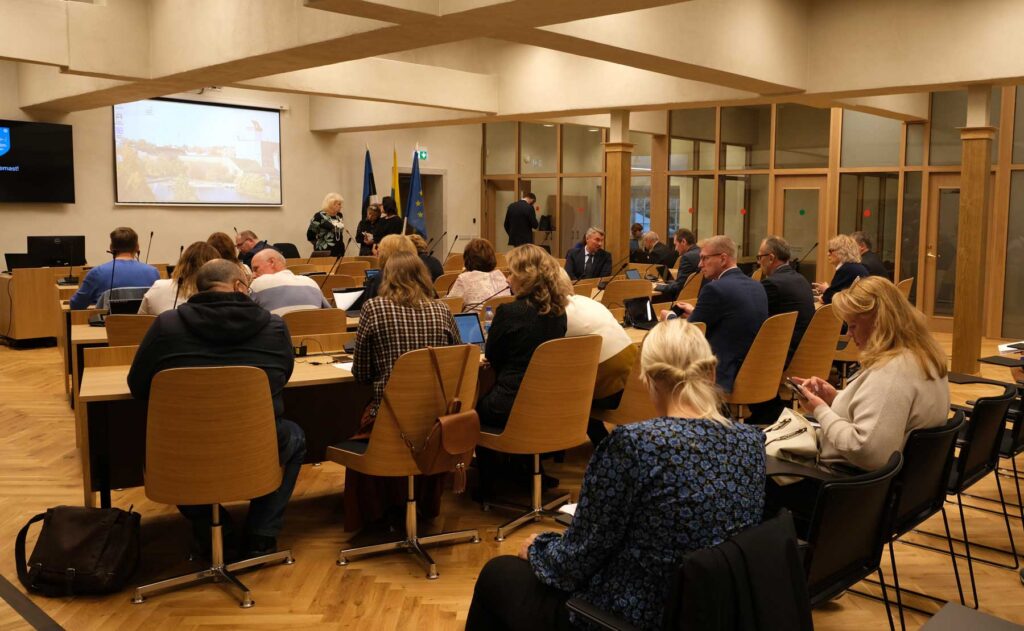The state modernizes the warning system after the identified failures in EE-Larm

The first large-scale test of the complex emergency warning system EE-Larm helped identify technical problem areas, the elimination of which the state is already engaged. In the fall, re -testing of both individual components and the entire system as a whole is planned, the rescue department reports.
The test carried out on May 14 gave vital information about the operation of the system and made it possible to identify problems that could go unnoticed by testing a smaller scale.
The main problems were associated with a partial launch of a network of sirens. The first diagnostics showed that the launch signals received 84 ligated posts. At the moment, it is confirmed that 70 of them worked on time or with a delay. The analysis carried out together with the manufacturer showed that the problems arose both in technical equipment and in the software.
According to the head of the business services of the Center for Information Technologies and the Development of the Ministry of Internal Affairs (SMIT), Siam Türnpuu, malfunctions when starting sirens were associated with microchips, batteries and software configuration. Improving and modernization of the network of sirens has already begun.
“Of the 121-sided post, 47 did not receive a launch signal due to a faulty control module. The reason was defective chips set during a global deficit during the Covid-19 period. Replacing all control modules is already in the process and will end by August – at the expense of the manufacturer. Batteries at several siren posts will also be replaced, ”Türnpuu explained.
He emphasized that large -scale testing was critical to identify technical problems: “Only thanks to such wide checks can the full operation of the Siren network can be ensured.”
SMS messages taking into account language preferences saved hundreds of thousands of euros
As part of the test, the state for the first time tested the newsletter of the SMS-improvisations at risk, taking into account language preferences of recipients. In total, about 5 million SMS messages were sent to 1.5 million addressees-the first batch until noon, the second after. Without taking into account language settings, almost 25 million messages would have to be sent, which would increase the cost of the newsletter from 90,000 to almost 500,000 euros.
According to the adviser to the Ministry of Internal Affairs and the head of the Language Settings of Kadi Lukht-Kallas, such messages are intended primarily for informing about regional crises, and not for instant warning of the whole country. Nevertheless, in conditions of a protracted crisis, they are suitable for transferring instructions on behavior.
“The function of taking into account linguistic preferences has successfully tested. But, given the changing situation in the field of security, it becomes clear that along with SMS a faster communication channel is also needed. Now we are looking for financing for the introduction of Cell BroadCast technology – it is already used in a number of countries, including Ukraine, Norway and France. We also simultaneously develop new technologies based on radio broadcasting and satellites, the so-called “pocket sirens” to ensure the stability of the system due to alternative communication channels, ”said Luht-Kallas.
Cell BroadCast technology allows you to deliver an emergency message to smartphones in a matter of seconds and even activate the sound signal on the phone without the need to install additional applications.
During the summer, the work to eliminate the shortcomings and the development of the warning system will continue. Large -scale testing will continue to be carried out. The next full testing of the entire system is planned to be carried out in the fall of this year.
The Post The state modernizes the warning system after the identified failures in EE-Larm FIRST Appeared on gazeta.ee.







